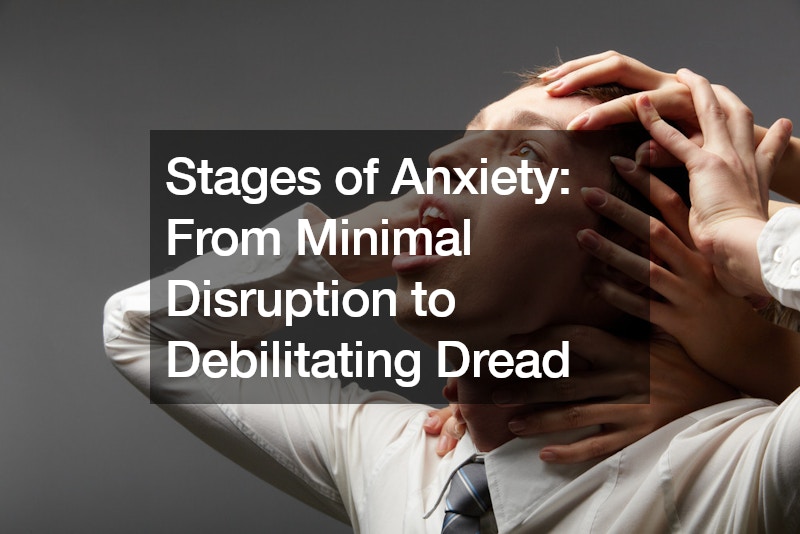

Anxiety, that familiar feeling of unease and nervousness, exists on a spectrum. While some experience mild anxieties that cause minimal disruption, others struggle with a constant and debilitating dread. Understanding these stages can help you identify your own anxiety level and determine when to seek anxiety treatment.
At the minimal end lies low-level anxiety. This might show up as occasional worry or nervousness, but it rarely interferes with daily tasks.
You might not even notice it.
Mild anxiety is more noticeable. You might experience social awkwardness, occasional muscle tension, or stomach aches in stressful situations. These anxieties are still manageable, but they can cause discomfort.
As anxiety intensifies, it moves into the moderate stage. Here, sleep disturbances, changes in appetite, and a general feeling of being on edge become more frequent. These disruptions can affect your overall well-being.
Severe anxiety is a significant step up. Physical symptoms like tightness in the chest, difficulty breathing, and digestive issues become constant companions. Social interactions become increasingly difficult, and avoidance behaviors may emerge.
The most debilitating form of anxiety is debilitating anxiety. Here, panic attacks become frequent and the fear of everyday tasks can become paralyzing. Leaving the house or engaging in social activities might feel impossible.
It’s important to remember that anxiety is treatable. If your anxiety is causing significant distress or interfering with your daily life, seeking professional help is crucial. Anxiety treatment can include therapy, medication, or a combination of both. There is no shame in seeking help, and with the right approach, you can manage your anxiety and improve your quality of life.
.



